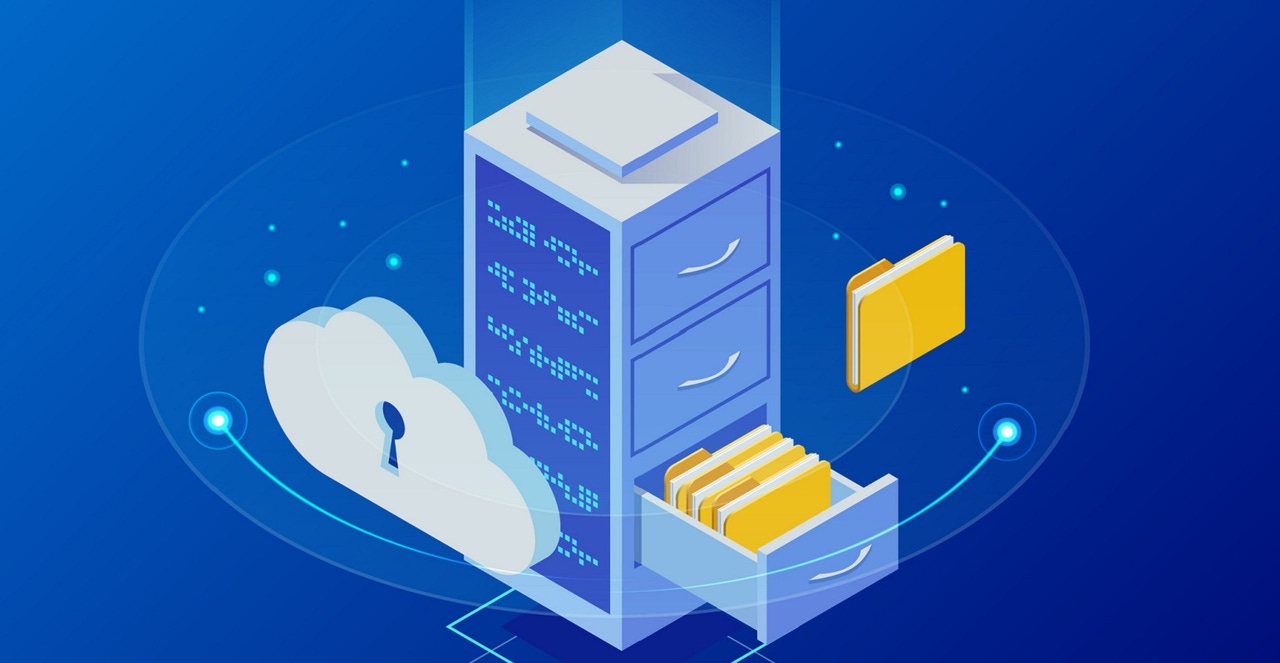How to Modernize Backup Without Breaking the BankHow to Modernize Backup Without Breaking the Bank
Organizations may be delaying overhauling their backup because of the cost and effort required. Here are ways to modernize backup without wreaking havoc on your budget.

For decades, companies have perceived data backup as a necessary evil. They do what they have to do to keep data backed up, often resenting the cost and effort required. As a result, many organizations still have the same backup strategy and technology they had years ago, even as business models changed, data stores grew, mobility became ubiquitous and ransomware began to infiltrate what had been considered impenetrable backup.
There are many reasons companies might consider modernizing their backup strategy. It might be done in concert with a move to the cloud, to shore up security, to reduce frequent backup failures, to enable deeper analysis or to lower costs. Often, it’s also an important step in eliminating duplicate copies of data. “Eliminating duplicate data between test and production data and disaster recovery can go a long way toward reducing space constraints,” notes Nitha Puthran, senior vice president for cloud and infrastructure at Persistent Systems, a technology services company based in India.
The mindset of backup as a necessary evil clearly has changed, but many companies still resent the cost and effort required to modernize it to meet today’s requirements. Here are some strategies to modernize backup without breaking the bank:
Embrace cloud for backup at some level if you haven’t already. In many ways, cloud is a natural choice for backup—it’s maintained somewhere else securely, it’s pay-as-you-go, and it’s scalable. But don’t think you have to go all-in, says Paul Lewis, chief technology officer at Pythian Services, an Ottawa-based data and cloud service provider. It’s fine to have some backup on-premises and some in the cloud, and it’s fine to start slowly. “You might start with [moving to the cloud] your object store backups because it tends to be the easiest, and then move to your file backups and then to your block storage,” he explains.
More than ever, backup must incorporate security. There was a time, not too many years ago, when backup and security were completely different. That’s no longer true as hackers continually push the envelope, finding innovative ways to infiltrate backups or hold them hostage. Hackers who access backups can inject viruses or ransomware attacks into the environment, which then get restored back to the production environment.
“The techniques used by today’s cybercriminals are designed to take advantage of yesterday’s backup strategies,” notes Gil Vega, chief information security officer at Veeam. “If you’re assuming there is already a successful breach in place, recovery becomes absolutely critical, and this drives companies to look back at their systems and ask themselves where they can modernize systems to ensure they remain protected against the evolving threat landscape.” Companies must start rethinking their strategies and responses to attacks and always presume there is a perpetual state of compromise to their data taking place, he adds.
Not all workloads and data are created equally. Some are simply more important than others, and your backup strategy should reflect that. Instead of having a single backup strategy for everything, consider multiple backup strategies with different tiers for different types of workloads. Depending on your industry, data lineage also may be important. “It may be important to know at what point Paul gave you his identifying information, and be able to trace where it is throughout your entire application and data environments, because the law might require you to delete it at some point,” Lewis explains. “If you don't have an appreciation for where it might be, you won't be able to delete it.”
You don’t have to overspend. Upgrading your backup doesn’t necessarily mean a full re-do. Using cloud services and vendors that are platform- and hardware-agnostic can go a long way toward avoiding expensive “rip-and-replace” projects. You may even be able to stay with your existing vendor. If you are working with a partner or solution provider whose roadmap aligns with current-day problems, optimization techniques and solutions, you might be able to migrate to the next generation from that vendor, Puthran says. You can also modernize backup incrementally, starting with critical applications, or with new applications as they are introduced into the environment.
About the Author
You May Also Like








.jpg?width=700&auto=webp&quality=80&disable=upscale)
